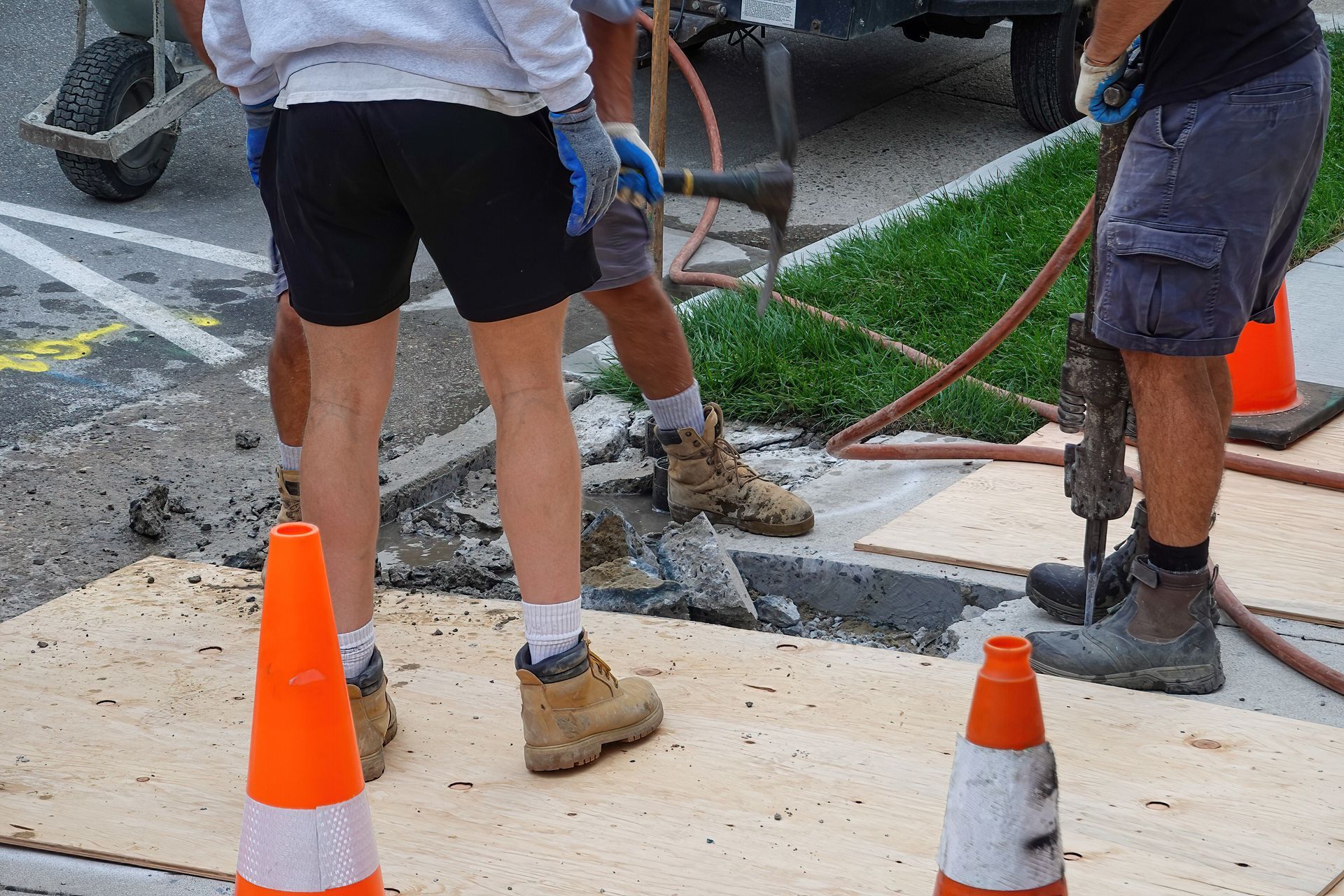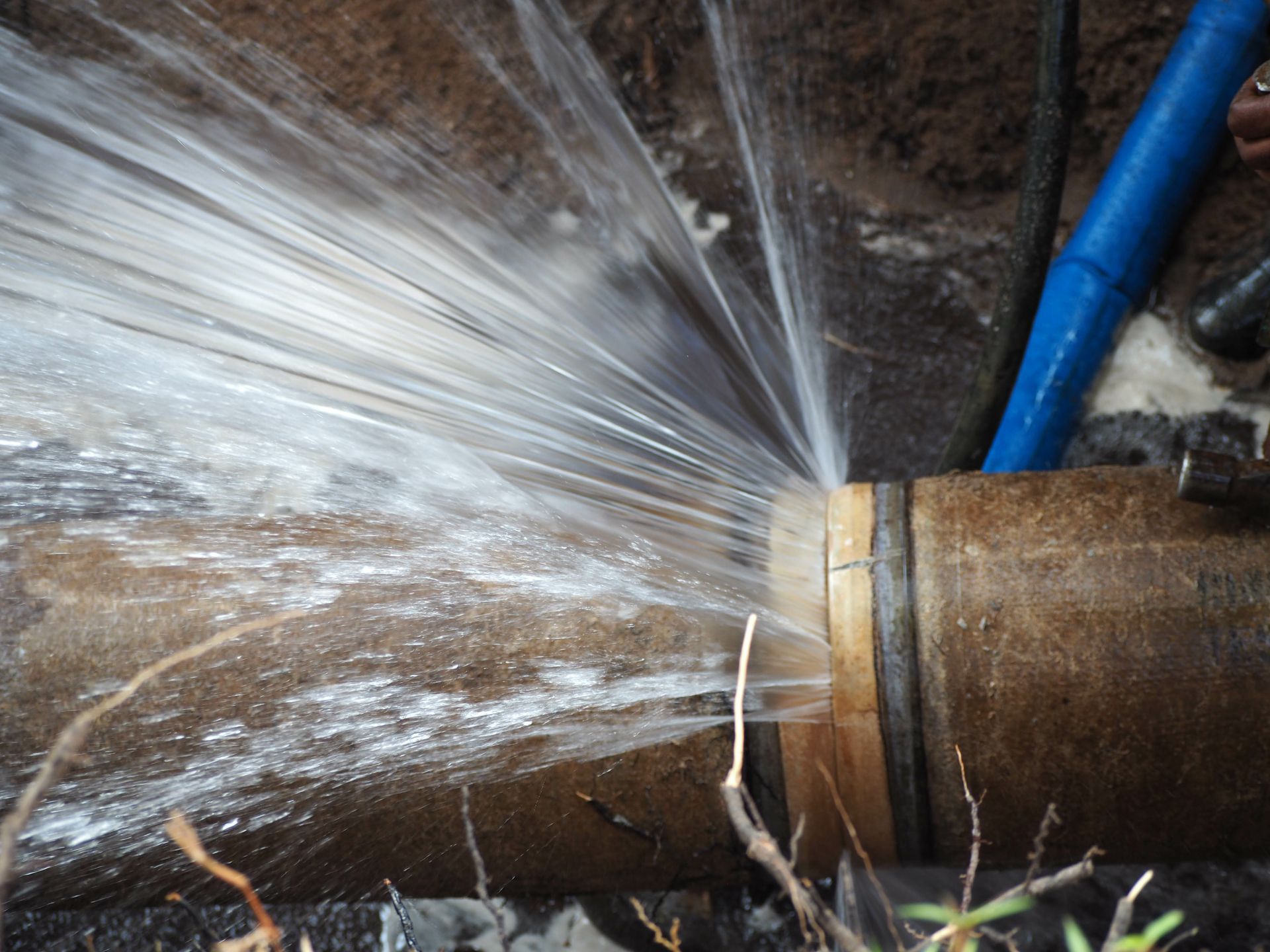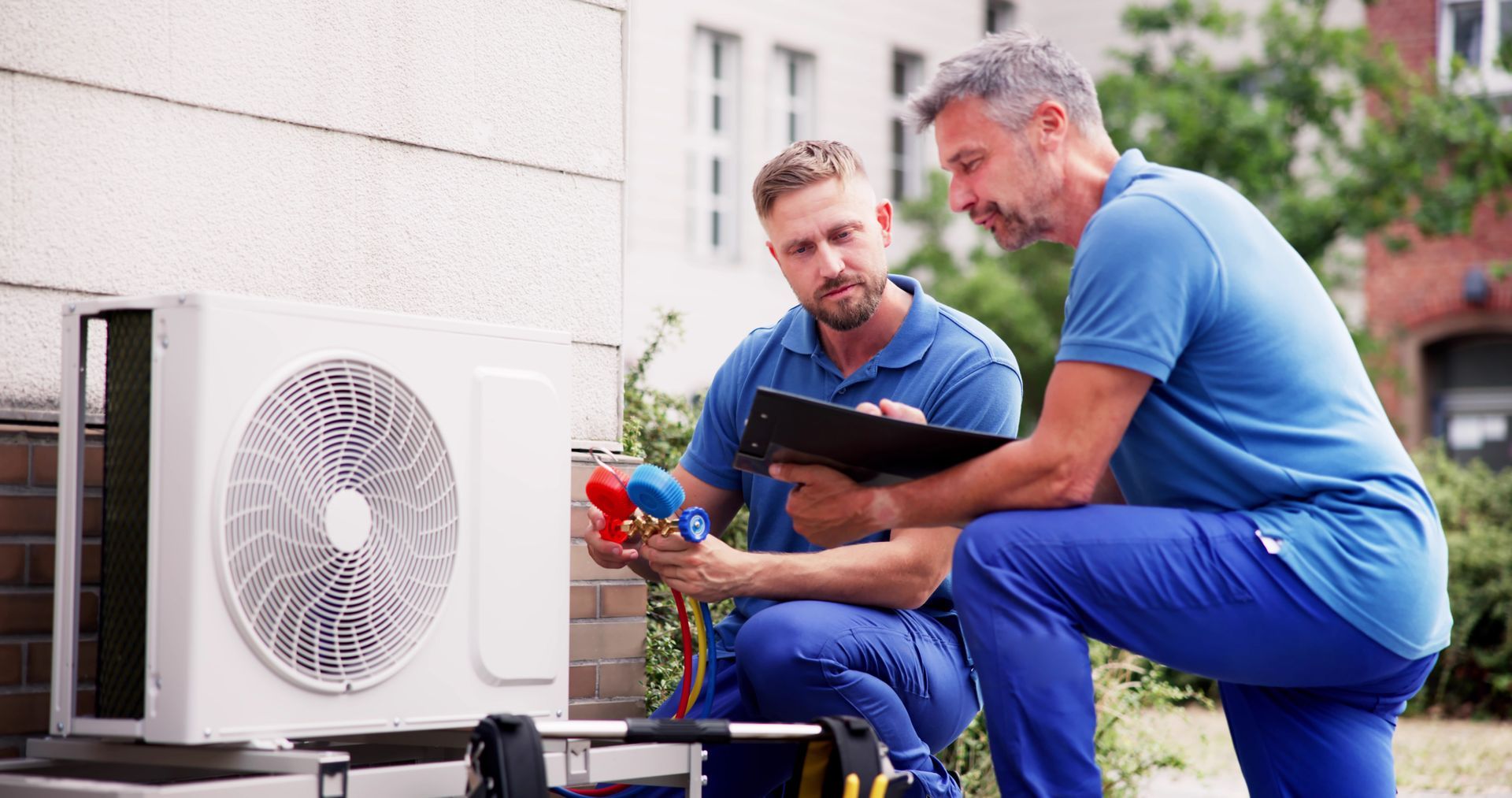20 Energy Saving Tips for 2020
In 2018, the average American home used well over 10,000 kilowatt-hours of energy. While that number has actually gone down slightly in recent years, thanks to advancements in energy-efficient appliances, it still translates into large utility bills.
In other words, there’s room for improvement.
If you are looking for ways to slash energy costs in 2020, put these 20 tips to work in your own home.
1. Change to LED Lightbulbs
Although LED lightbulbs were pricey when they first appeared on store shelves, they’re now much more affordable. They use 75 percent less energy than their incandescent counterparts do.
2. Replace Old Appliances with Energy-Star Appliances
Although you may not have the money to replace older appliances simultaneously, replace aging or broken appliances with Energy-Star rated options. Some of the most energy-hungry appliances include the clothes dryer and refrigerator.
3. Plant Trees Around Your Home
Trees planted on the north side of the home can protect against wintry winds. Trees planted on the south side of the house prevent the sun from increasing the home’s temperature in the summer.
4. Seal Cracks Around Doors, Windows, and Chimneys
Weatherstripping around doors and windows, as well as some caulking around chimneys, ducts, and pipes leading to the outside, can better control the temperature indoors. But first, you’ll need to identify where warm and cool air is escaping. For that, you should have a home performance evaluation. A professional can analyze your home to find problem spots and recommend solutions.
5. Open and Close Window Shades Wisely
In the winter, take advantage of the short amount of sunlight by opening shades on the south side of the house for solar warmth. On the other hand, protect your home from bright sunshine in the summer by closing shades or using light-filtering blinds.
6. Invest in New Windows
If you have single-pane windows, upgrading to double-pane windows can save you up to 24 percent on energy costs in the winter and 18 percent in the summer.
7. Change HVAC Filters Monthly
A dirty air filter requires your HVAC system to expend extra energy, forcing air through the system. Replacing your filter every 30 to 90 days can cut your heating and cooling bill by as much as 15 percent.
8. Schedule Seasonal HVAC Maintenance
Regular maintenance helps you avoid unnecessary repairs later in the season, extends the life of your HVAC system, and helps you save money on utility bills by ensuring that your system is working at prime capacity.
9. Schedule a Home Energy Audit
A home energy audit shows you where you are losing energy and what you can change to save more.
10. Upgrade to an Energy-Efficient HVAC System
Although this is a more expensive tip, it is one that will pay for itself over the life of the system.
11. Upgrade to a Smart Thermostat
Smart thermostats let you program them for efficient heating and cooling when you are home, away from home or asleep.
12. Get Your Ducts Cleaned
Much like dirty air filters, dirty ducts not only spread allergens throughout your house but also make your HVAC system work harder to heat or cool.
13. Invest In More Attic Insulation
An R-Value measures your attic insulation, and it should be appropriate for the zone where you live. Most attics should have 10 to 14 inches of insulation.
14. Keep Your Refrigerator and Freezer Full
A full but not crammed refrigerator and freezer will cool more efficiently than when it is empty.
15. Switch Computers to Power-Saving Modes
Computers are designed with energy-saving modes that automatically dim screen brightness, switch to screen savers, and go to sleep when you have not used them in a while.
16. Plug Office and Entertainment Equipment into Power Strips
A power strip not only protects your equipment from power surges but also is easily flipped off when you are not using it.
17. Lower Your Water Heater Temperature
Lowering your water heater temperature to 120 degrees protects you from scalding your skin and saves you $400 annually in energy costs.
18. Run Ceiling Fans Year-Round
In the summer, ceiling fans should run counterclockwise to take warm air to the ceiling. In the winter, they should run clockwise to bring down warm air.
19. Only Launder Full Loads
Wait until you have enough items for a full load, and wash with cold water.
20. Use Bathroom Fans During the Summer
While bathroom fans can remove heat from your home in the winter, they can remove the unwanted heat and humidity in the summer, saving your air conditioning from running as frequently.
Making your home energy-efficient means that you can accomplish the same tasks and the same level of comfort as before without using as much energy to do so. This mindset can save you a significant amount of money in 2020 while also helping you do your part to protect the environment. Rely on Tom’s Mechanical to help you find energy-savings solutions for your home. To schedule an appointment, call 972-388-3669.



